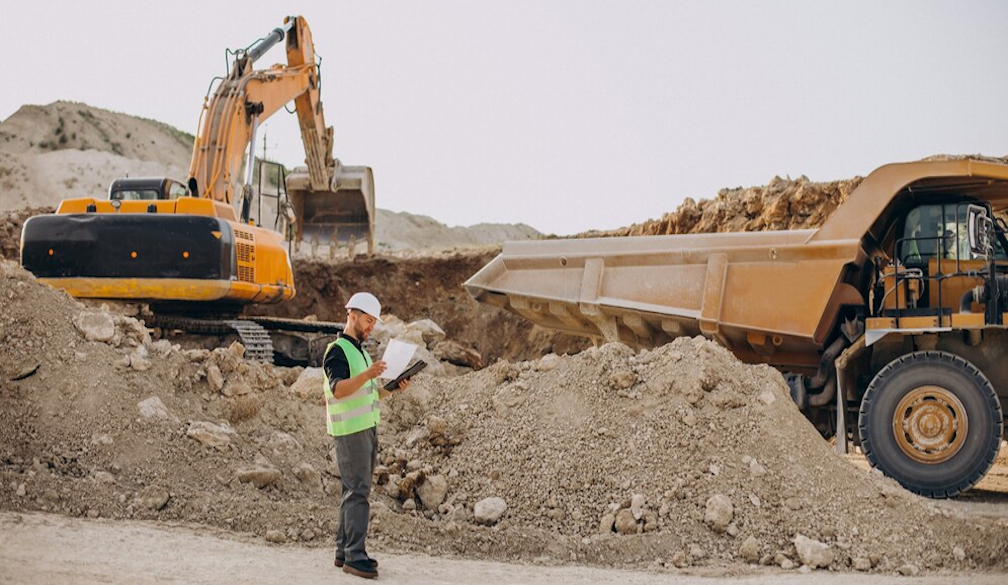Steps to Increase Business Productivity in the Mining Sector

The mining sector plays a crucial role in Australia's economy, providing essential raw materials for industries and generating significant employment. However, the sector faces several challenges, including fluctuating commodity prices, stringent environmental regulations, and increasing operational costs. Enhancing productivity is therefore vital for mining businesses to remain competitive and sustainable. This article outlines practical steps that Australian business owners can take to boost productivity in their mining operations.
One of the most effective ways to increase productivity is through the adoption of advanced technologies. Automation and robotics are transforming the mining industry by improving efficiency and reducing human error. Automated machinery, such as autonomous trucks and drilling rigs, can operate continuously, 24/7, without the need for breaks or shift changes. This not only increases output but also enhances safety by minimising human exposure to hazardous environments. Implementing advanced monitoring systems can further optimise operations by providing real-time data on equipment performance, allowing for predictive maintenance and reducing downtime.
Optimising the supply chain is another critical step in enhancing productivity. A well-managed supply chain ensures the timely delivery of materials and equipment, reduces inventory costs, and minimises delays. Mining companies should invest in supply chain management software to gain better visibility and control over their supply networks. This technology can help identify bottlenecks, streamline procurement processes, and improve coordination with suppliers. Additionally, fostering strong relationships with key suppliers can lead to better terms, improved reliability, and faster resolution of issues.
Workforce training and development are also essential for boosting productivity in the mining sector. A skilled and knowledgeable workforce can operate machinery more efficiently, adhere to safety protocols, and adapt to new technologies more readily. Mining companies should invest in regular training programmes to keep their employees up-to-date with the latest industry practices and technological advancements. This includes not only technical training but also soft skills development, such as leadership, communication, and problem-solving skills. Moreover, providing opportunities for career progression and recognising employee achievements can improve morale and motivation, leading to higher productivity levels.
Another key area for improving productivity is effective resource management. This involves optimising the use of natural resources, such as water and energy, as well as managing waste and emissions. Implementing energy-efficient technologies and practices can significantly reduce operational costs and environmental impact. For example, using renewable energy sources, such as solar or wind power, can lower energy expenses and contribute to sustainability goals. Additionally, adopting water recycling and waste management systems can help minimise resource consumption and reduce the environmental footprint of mining activities.
Telematics is a powerful tool that can enhance productivity in the mining sector. This technology involves the integration of telecommunications and informatics to monitor and manage vehicles and equipment remotely. Telematics systems provide real-time data on vehicle location, fuel consumption, and operational performance, enabling mining companies to optimise fleet management. By analysing this data, companies can identify inefficiencies, such as excessive idling or suboptimal routing, and take corrective actions to improve fuel efficiency and reduce operational costs. Furthermore, telematics can enhance safety by monitoring driver behaviour and providing alerts in case of unsafe practices or potential hazards. Implementing a comprehensive telematics solution from Radius (for more information: www.radius.com/en-au/) can lead to more efficient and safer operations, contributing to overall productivity gains.
Investing in research and development (R&D) is another crucial step for increasing productivity in the mining sector. R&D can lead to the discovery of new technologies, processes, and materials that can enhance operational efficiency and reduce costs. Mining companies should collaborate with research institutions, universities, and technology providers to stay at the forefront of innovation. This can involve joint research projects, participation in industry conferences and workshops, and knowledge sharing initiatives. Additionally, leveraging data analytics and artificial intelligence (AI) can provide valuable insights into operational performance and identify opportunities for improvement. For instance, AI-driven predictive analytics can forecast equipment failures, optimise maintenance schedules, and enhance decision-making processes.
Effective project management is also vital for improving productivity in the mining sector. This involves planning, executing, and monitoring projects to ensure they are completed on time, within budget, and to the desired quality standards. Mining companies should adopt robust project management methodologies, such as Agile or Lean, to enhance project efficiency and adaptability. Utilising project management software can provide better visibility and control over project timelines, resources, and costs. Regular progress reviews, risk assessments, and stakeholder communication are also essential components of successful project management. By ensuring projects are managed effectively, mining companies can avoid delays, cost overruns, and quality issues, leading to improved productivity.
Sustainability and social responsibility are increasingly important for the mining sector. Adopting sustainable practices can not only enhance environmental performance but also improve productivity. For example, implementing sustainable mining techniques, such as in-situ leaching or dry stacking of tailings, can reduce resource consumption and environmental impact. Engaging with local communities and stakeholders can also foster a positive social licence to operate, reducing the risk of conflicts and disruptions. Moreover, reporting on sustainability performance and achieving certifications, such as ISO 14001, can enhance corporate reputation and attract investment.
In conclusion, increasing productivity in the mining sector requires a multifaceted approach that involves adopting advanced technologies, optimising supply chains, investing in workforce training, managing resources effectively, leveraging telematics, investing in R&D, practising effective project management, and embracing sustainability. By implementing these strategies, Australian mining companies can improve their operational efficiency, reduce costs, and enhance their competitiveness in the global market.





